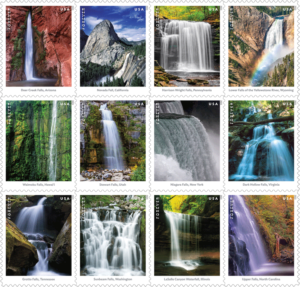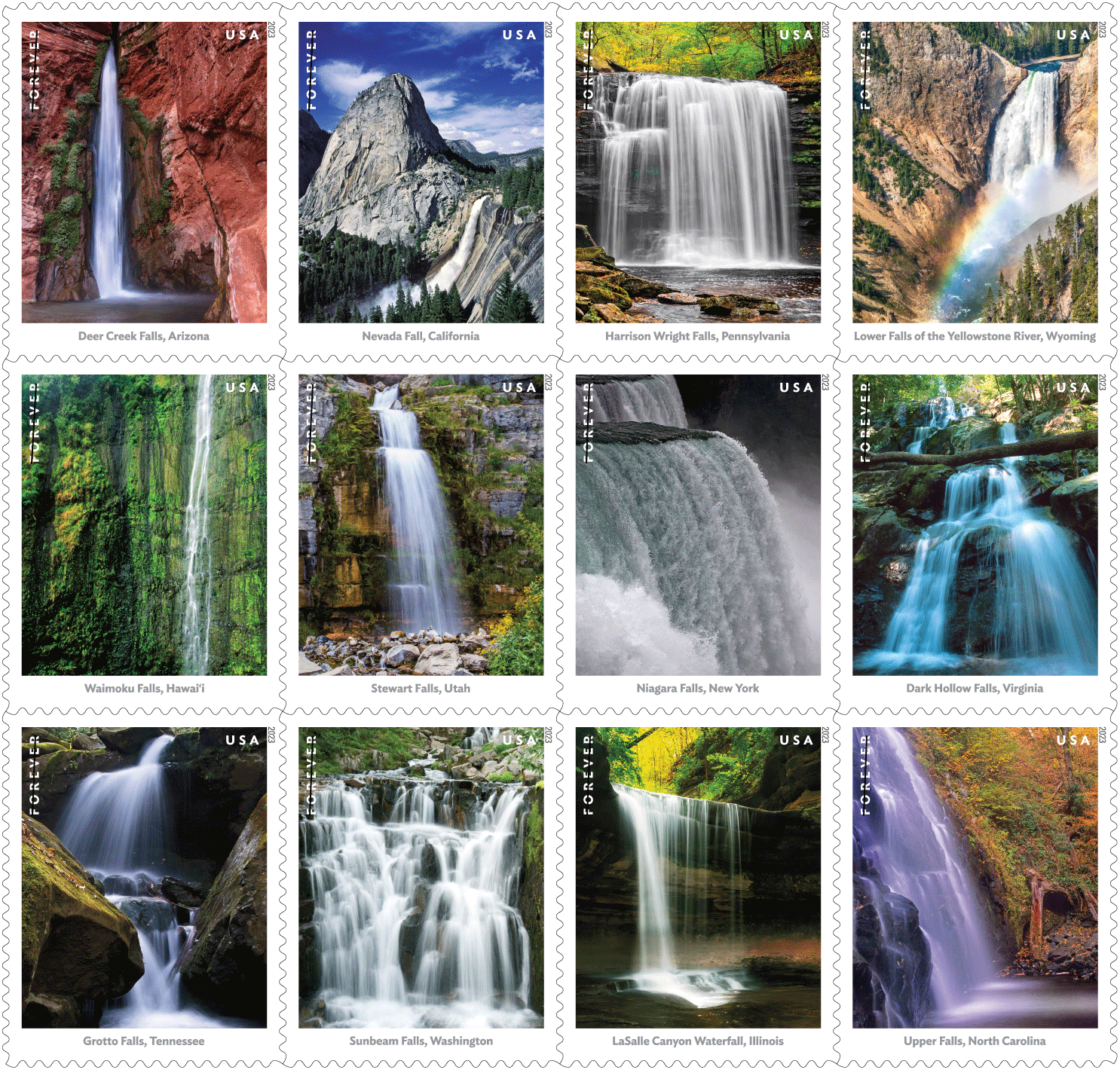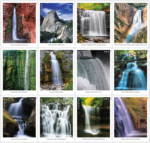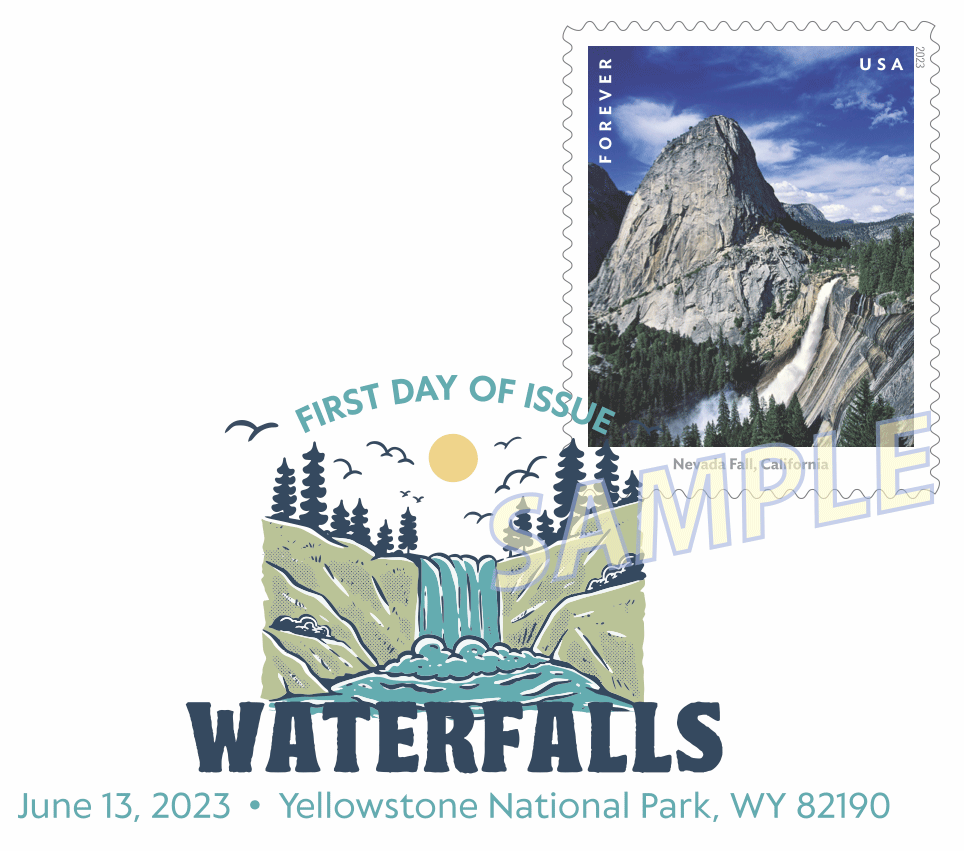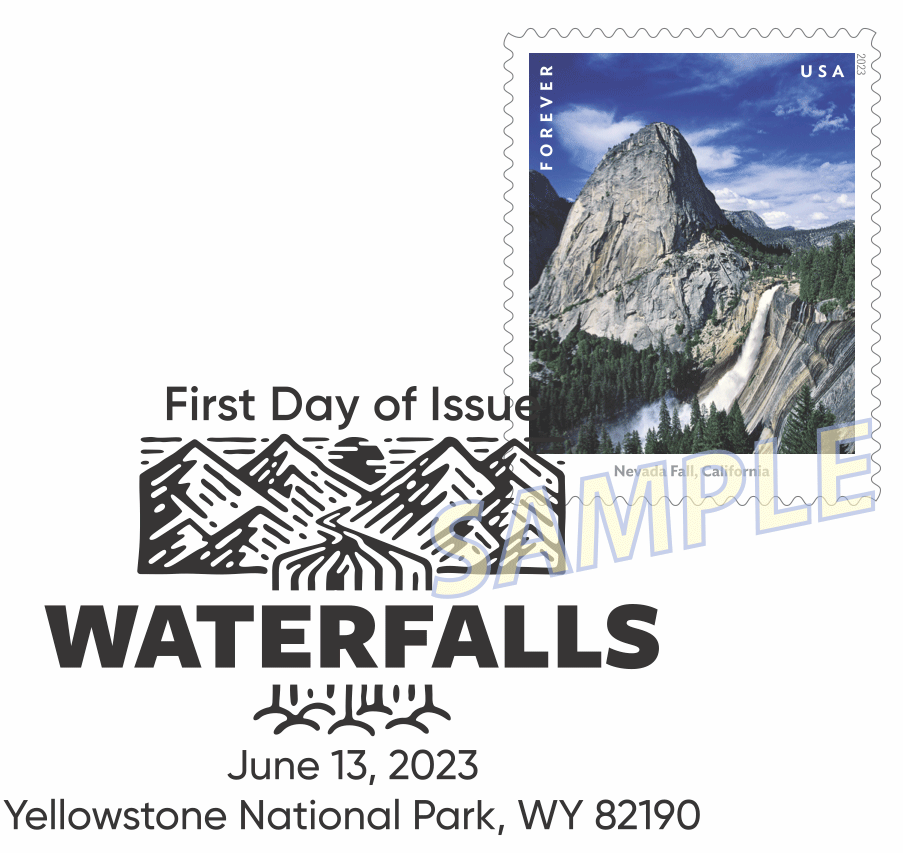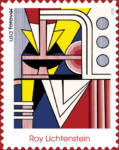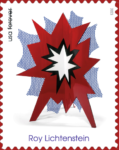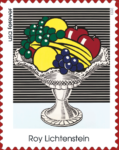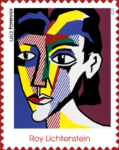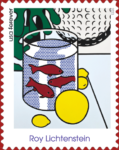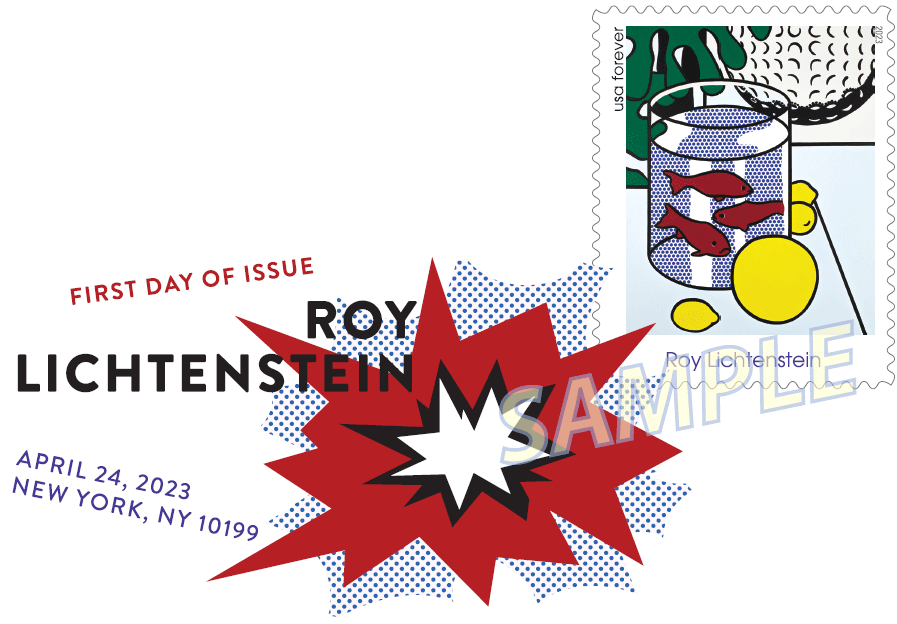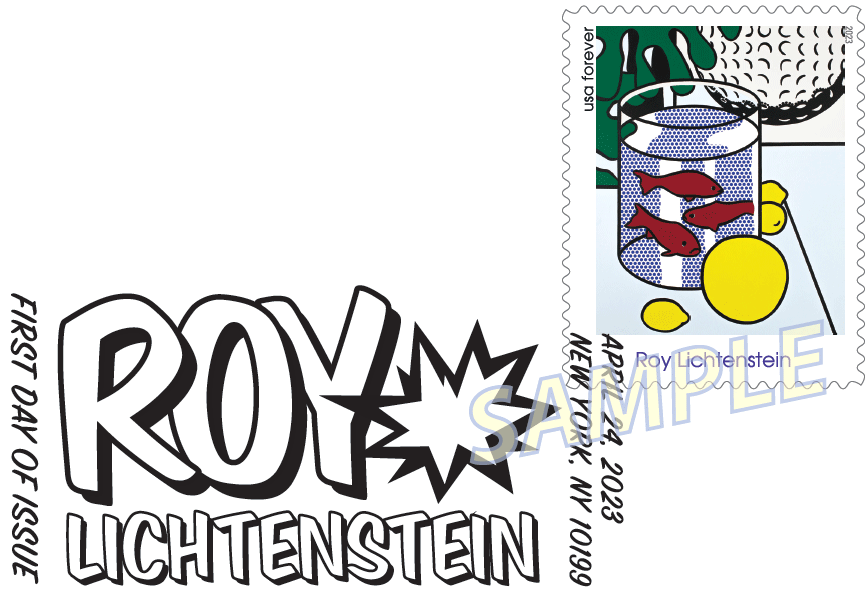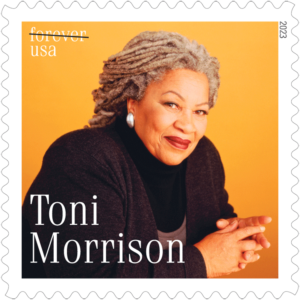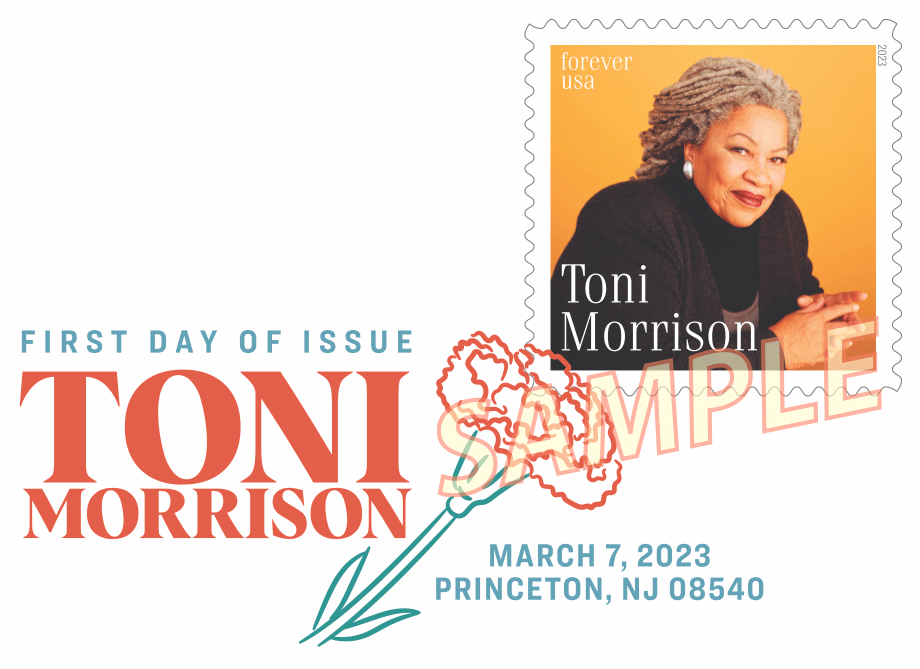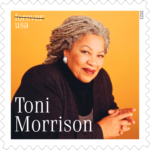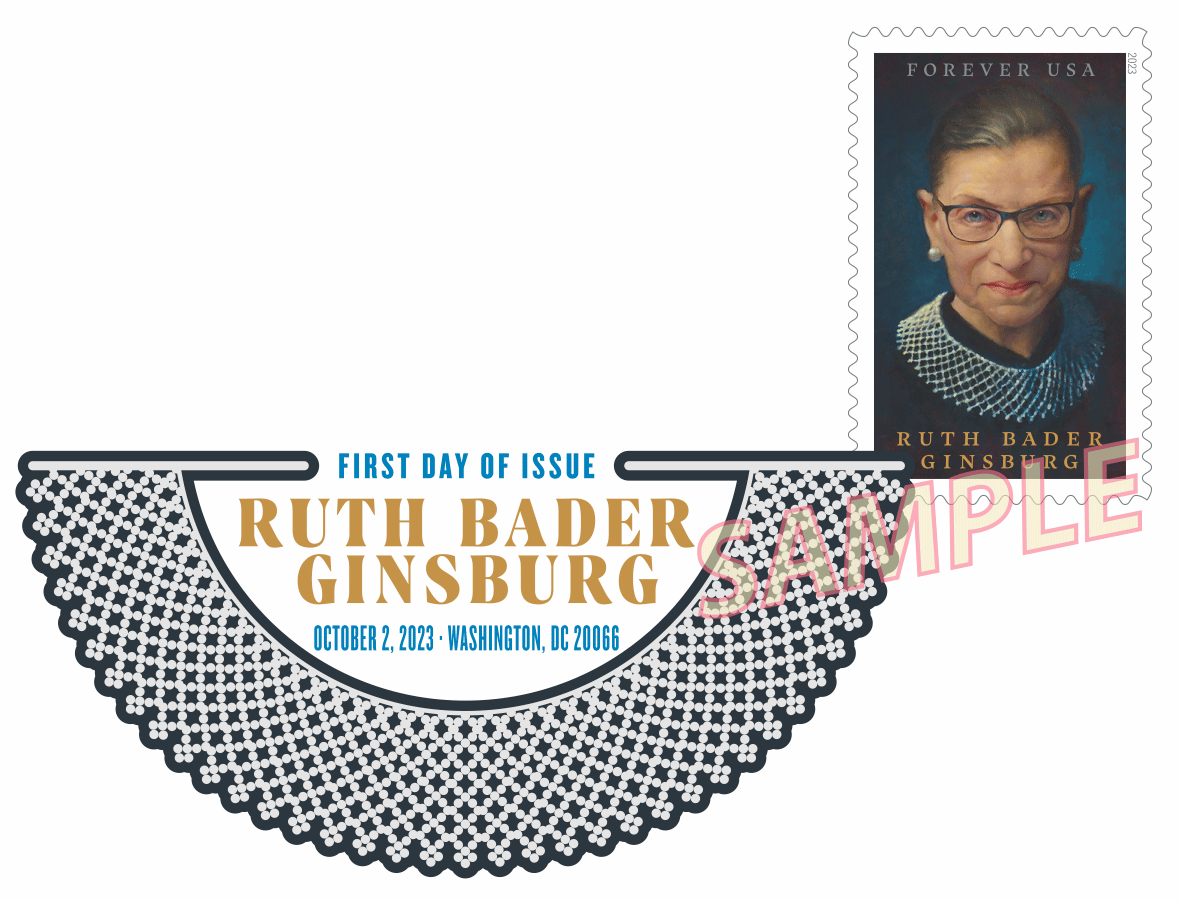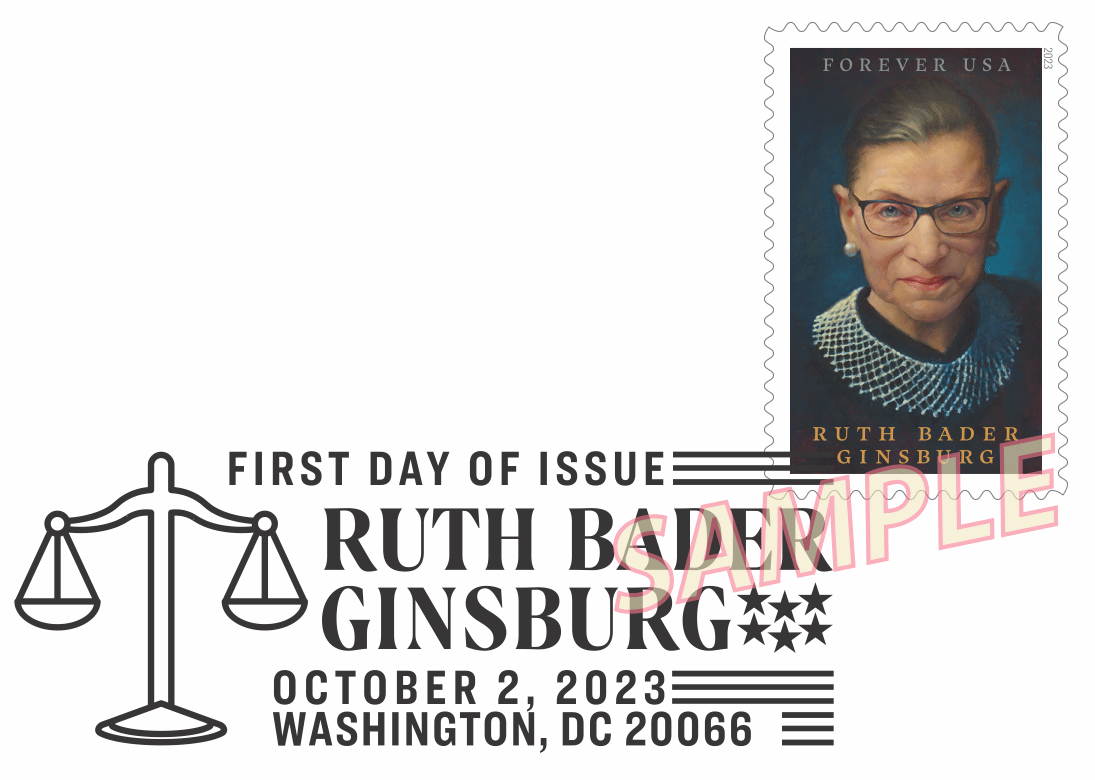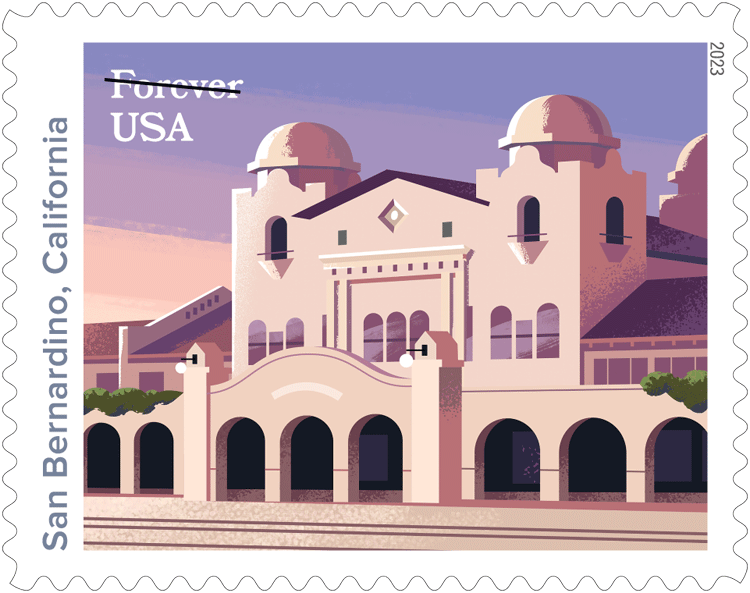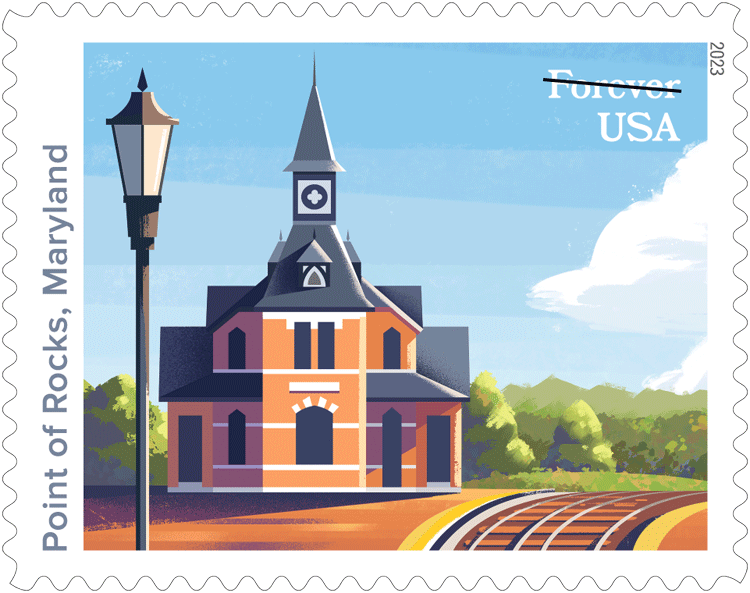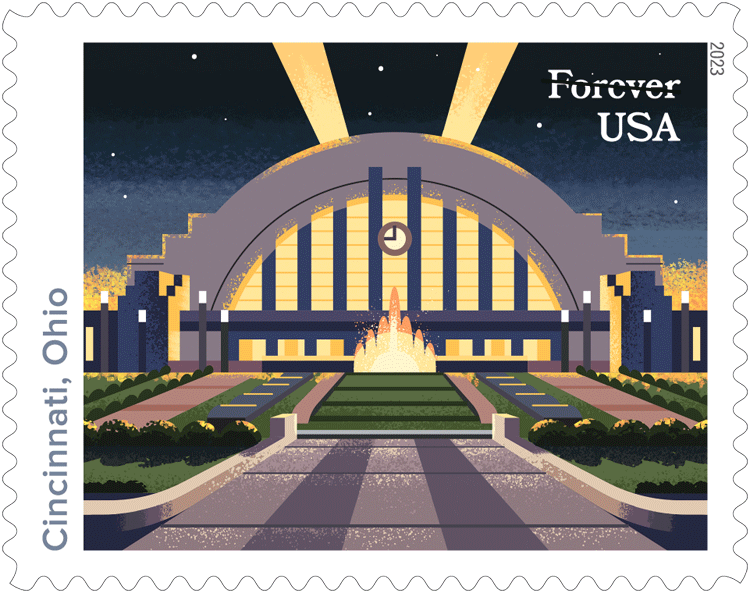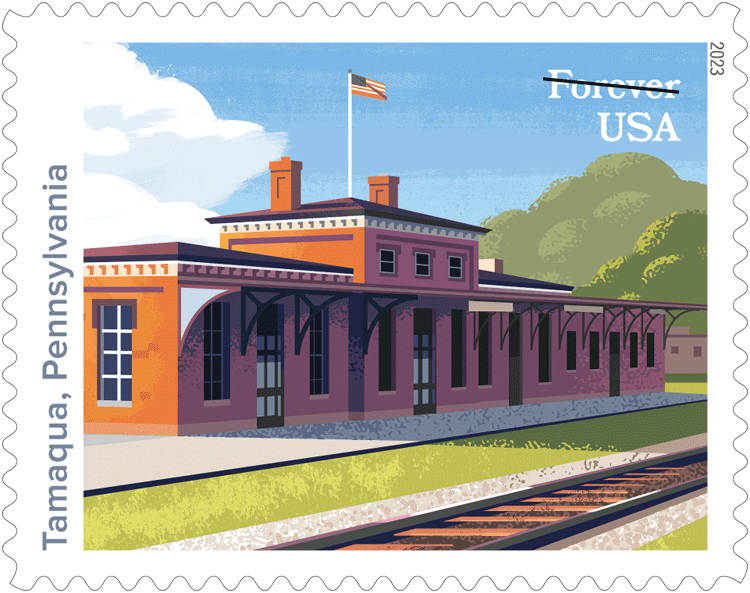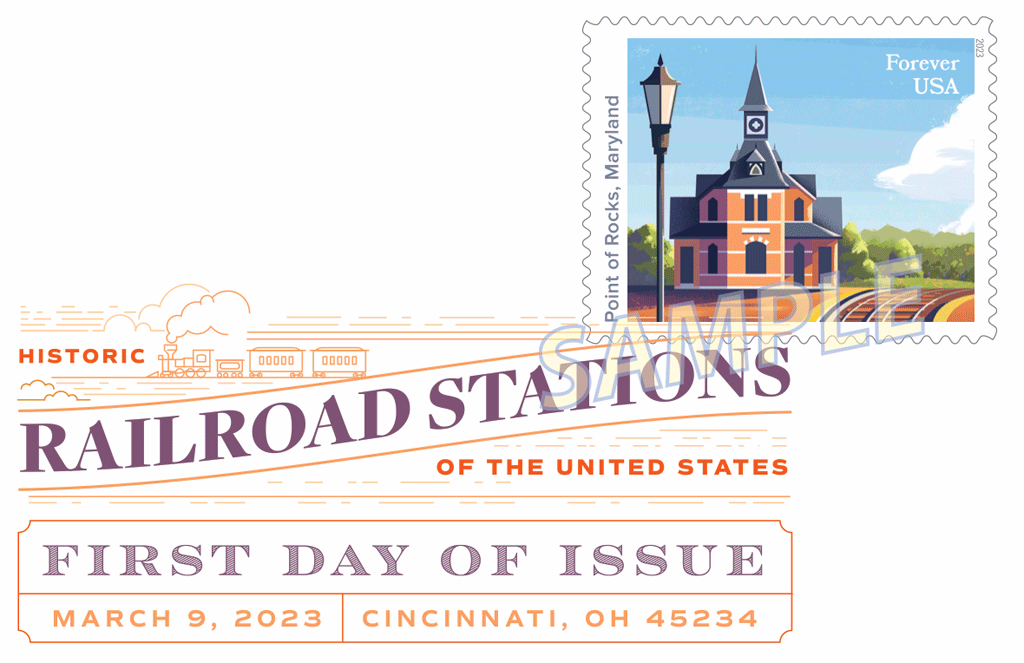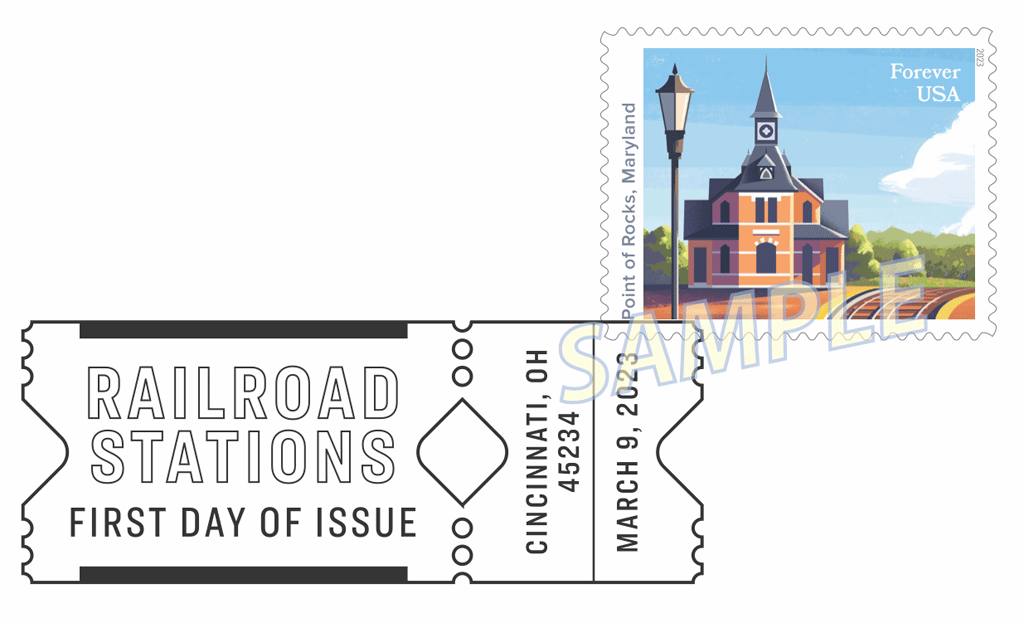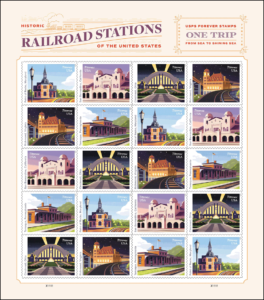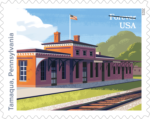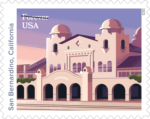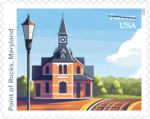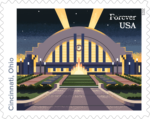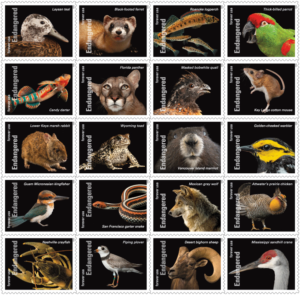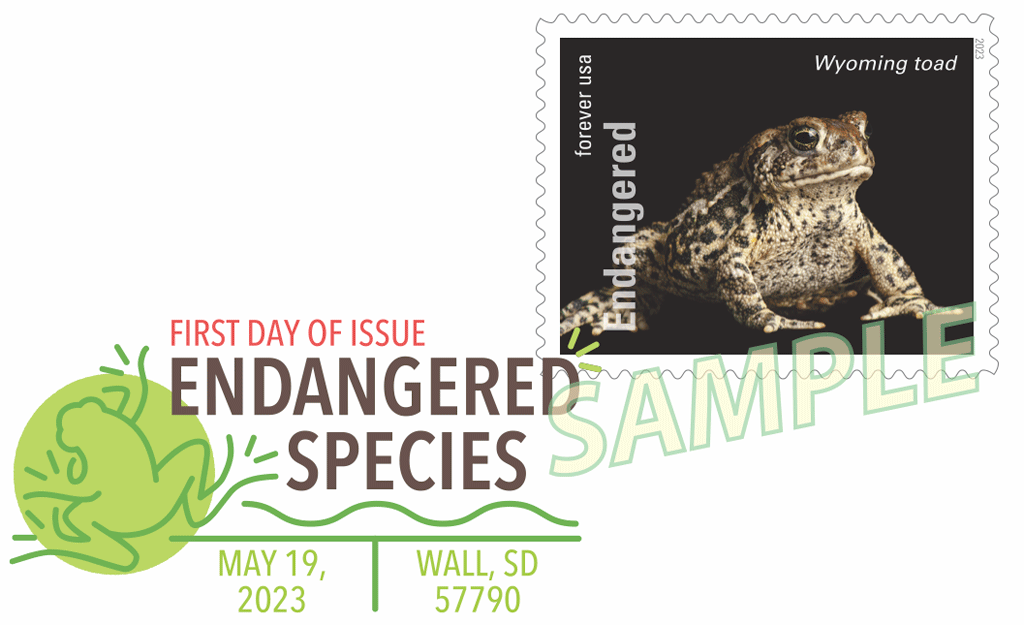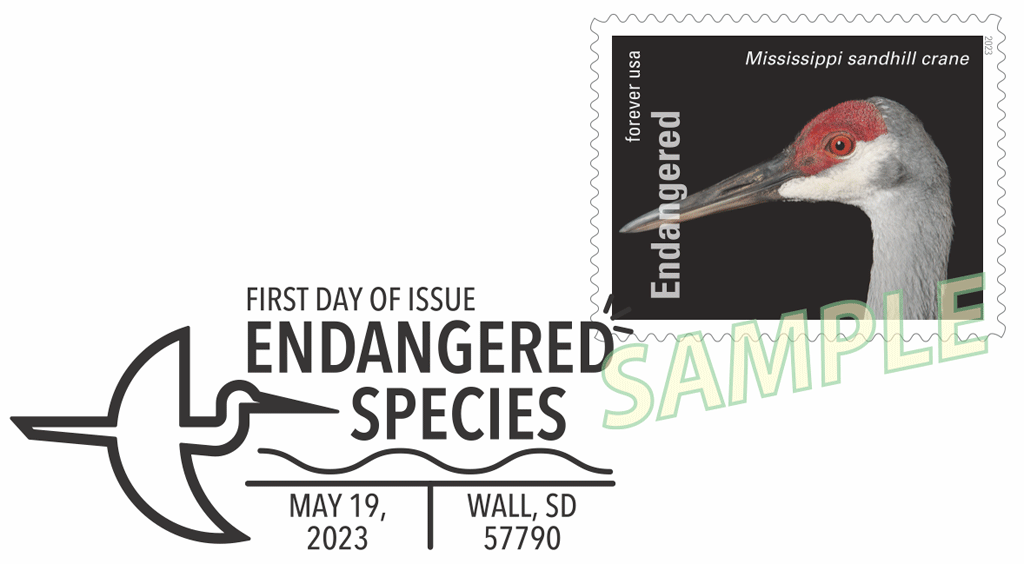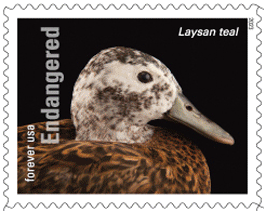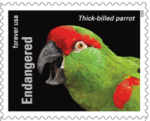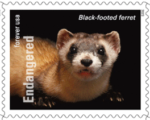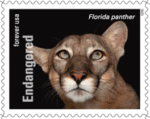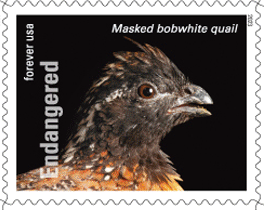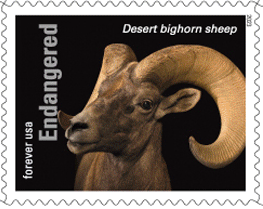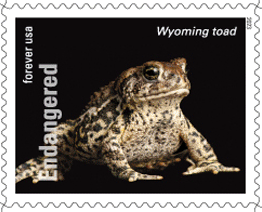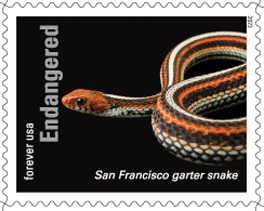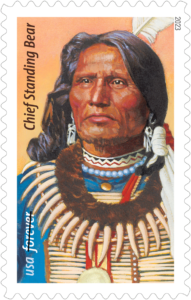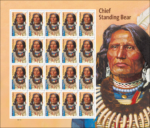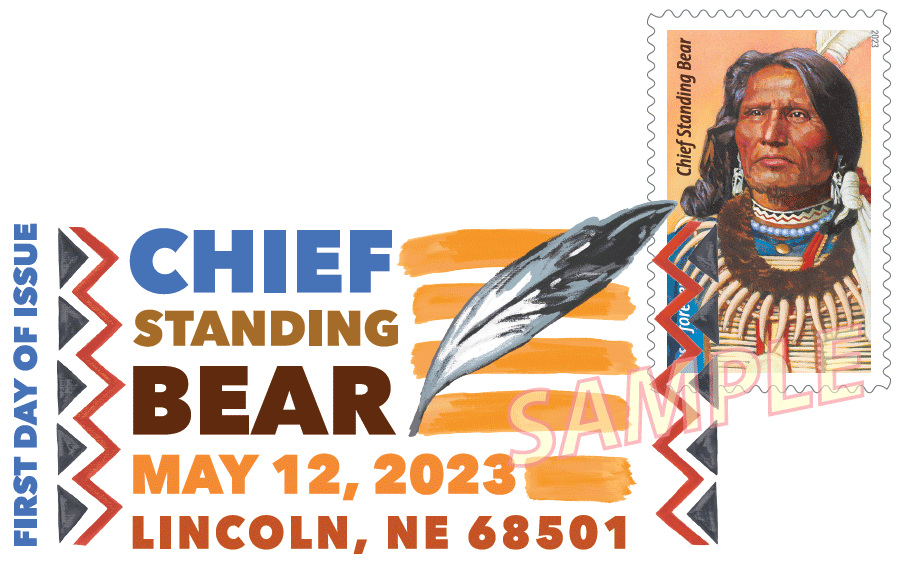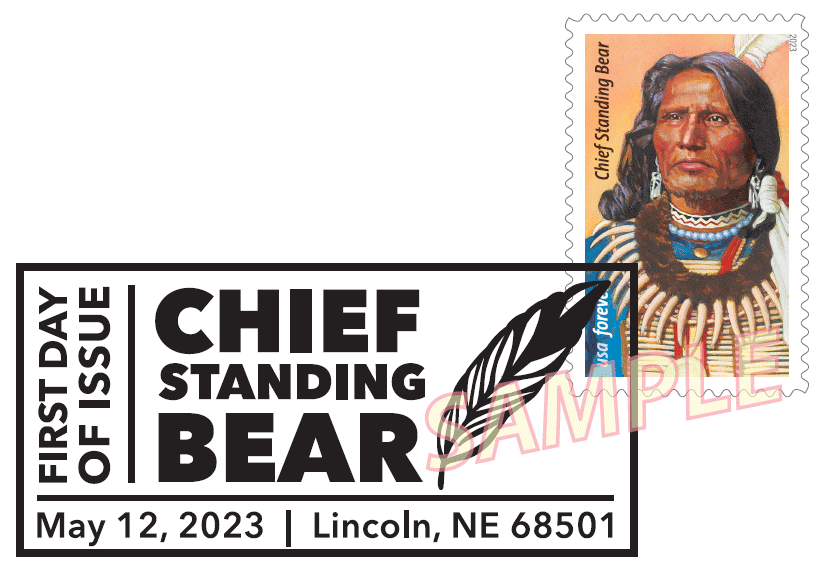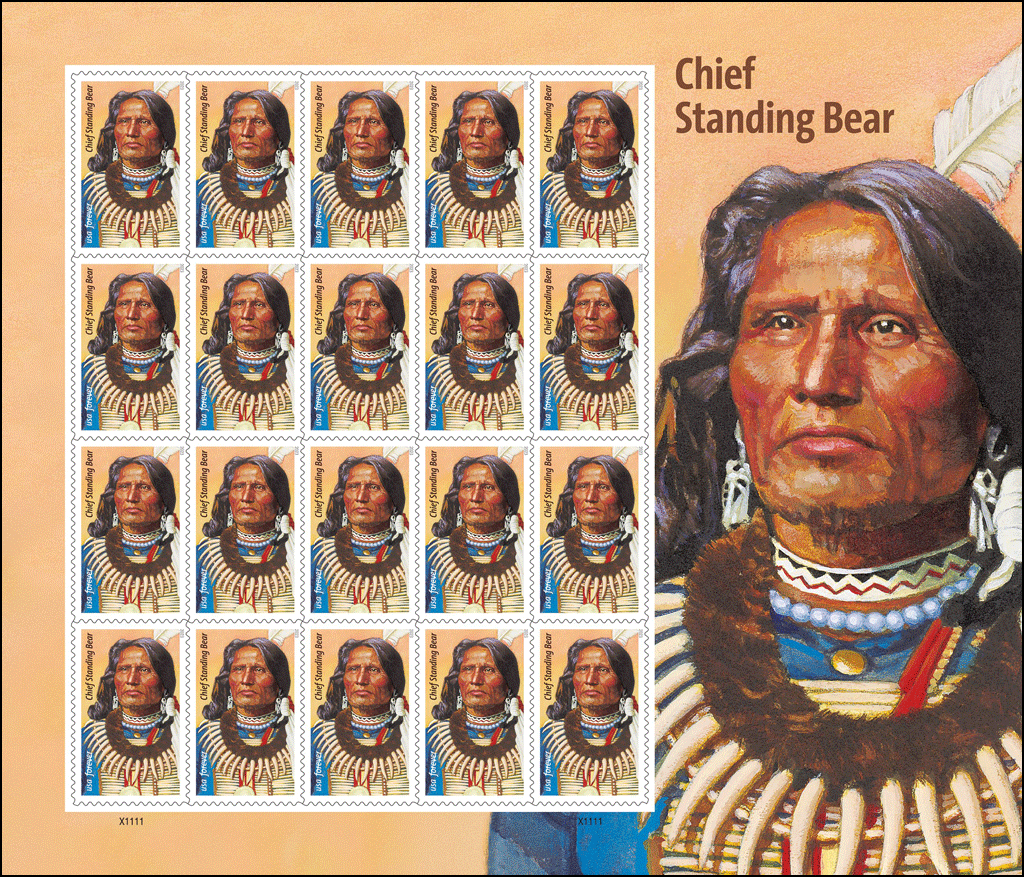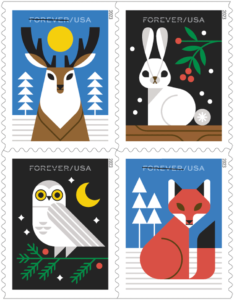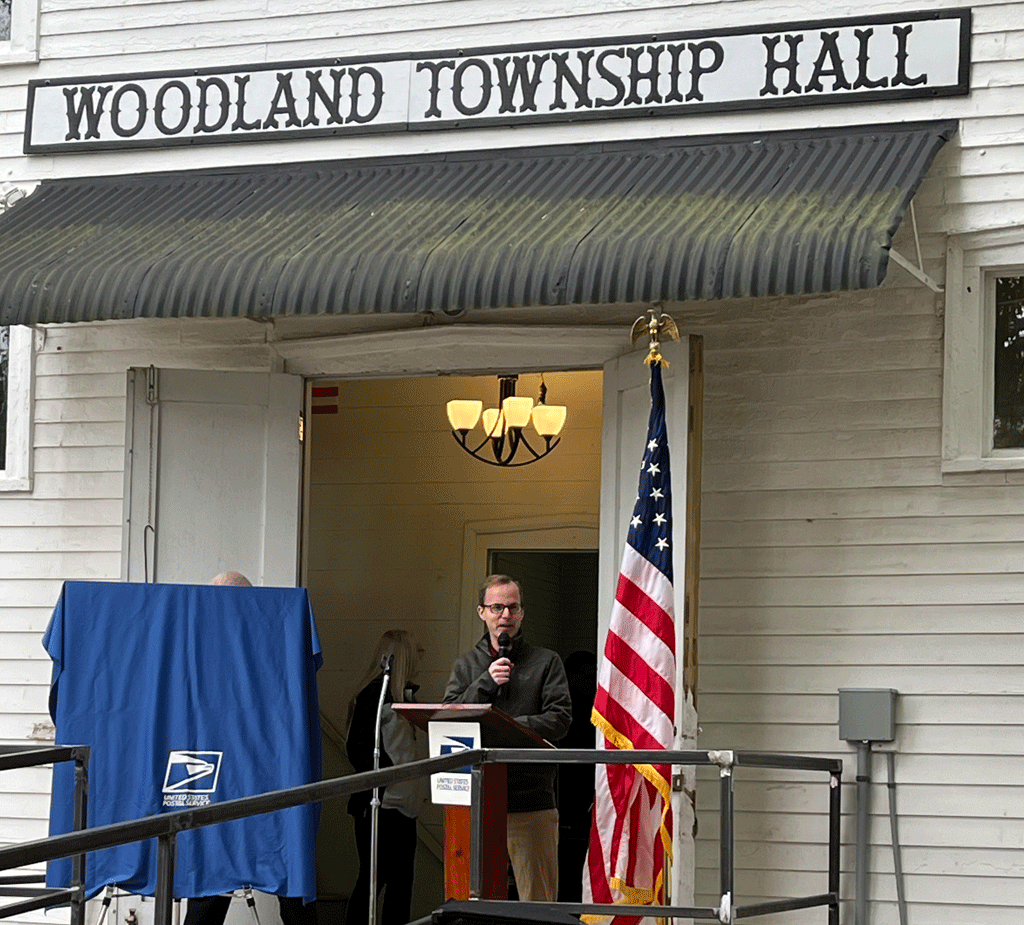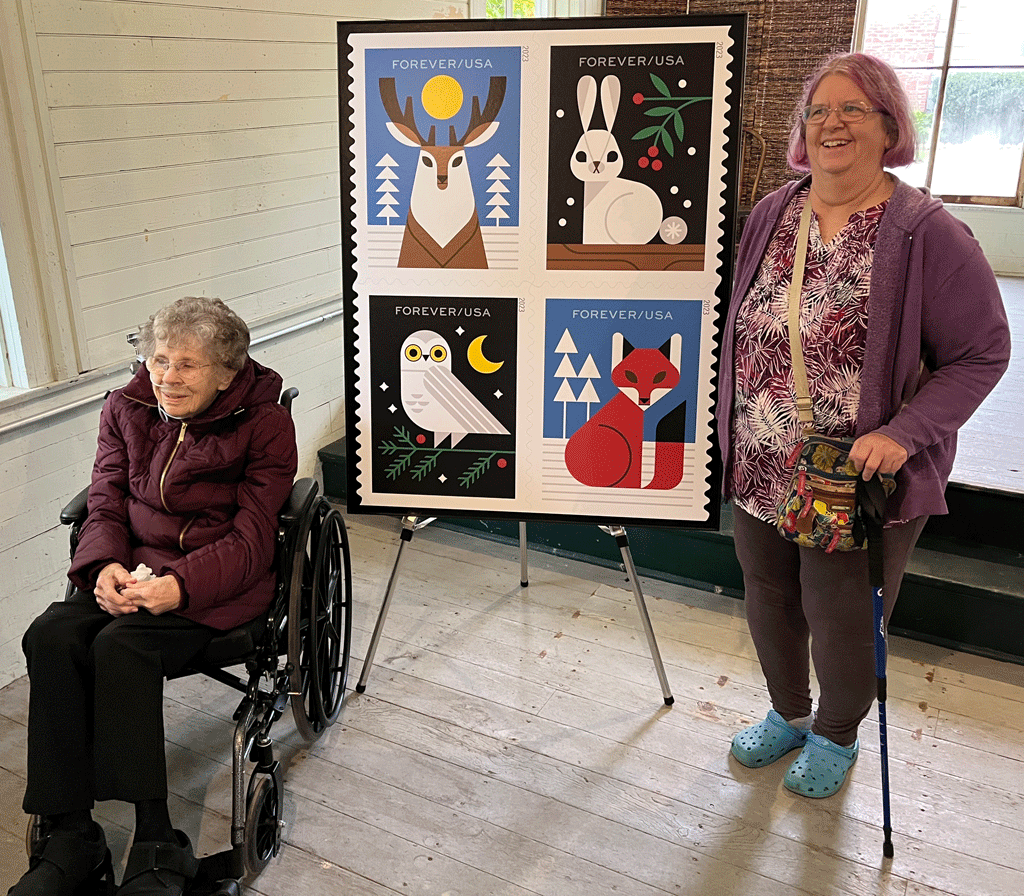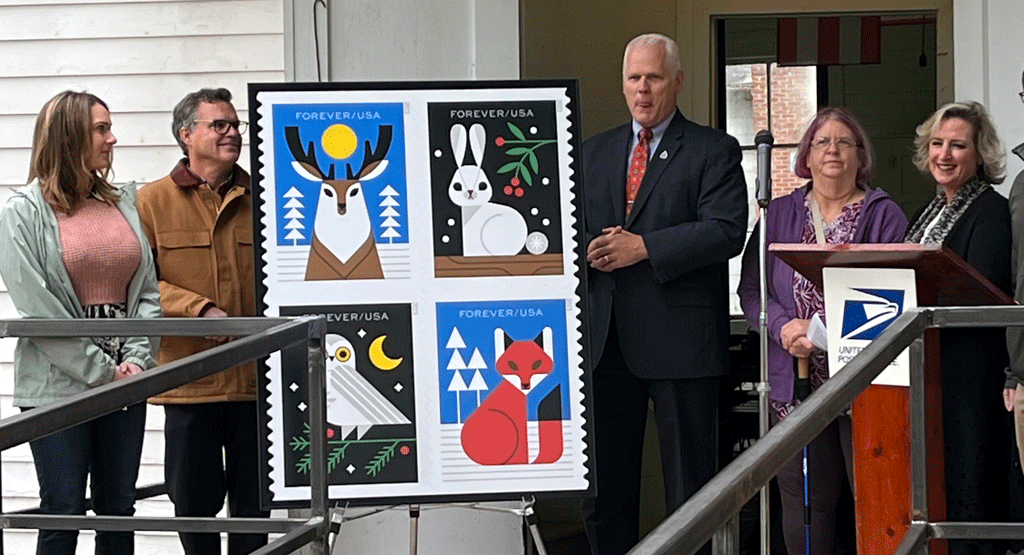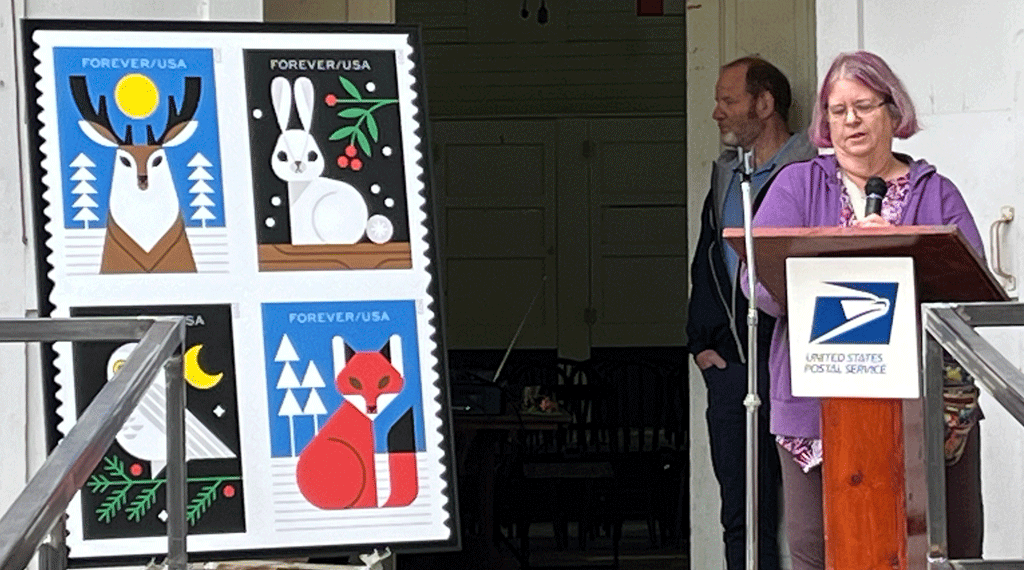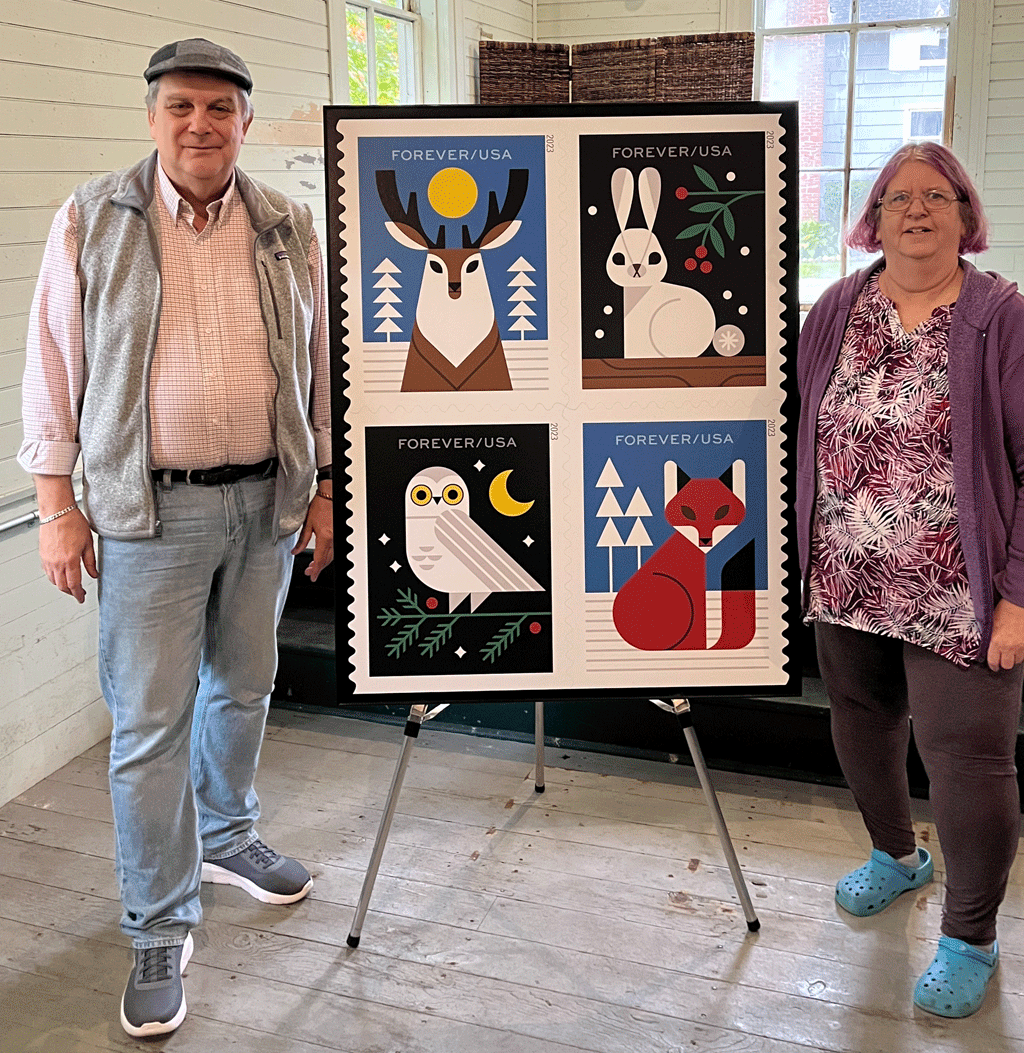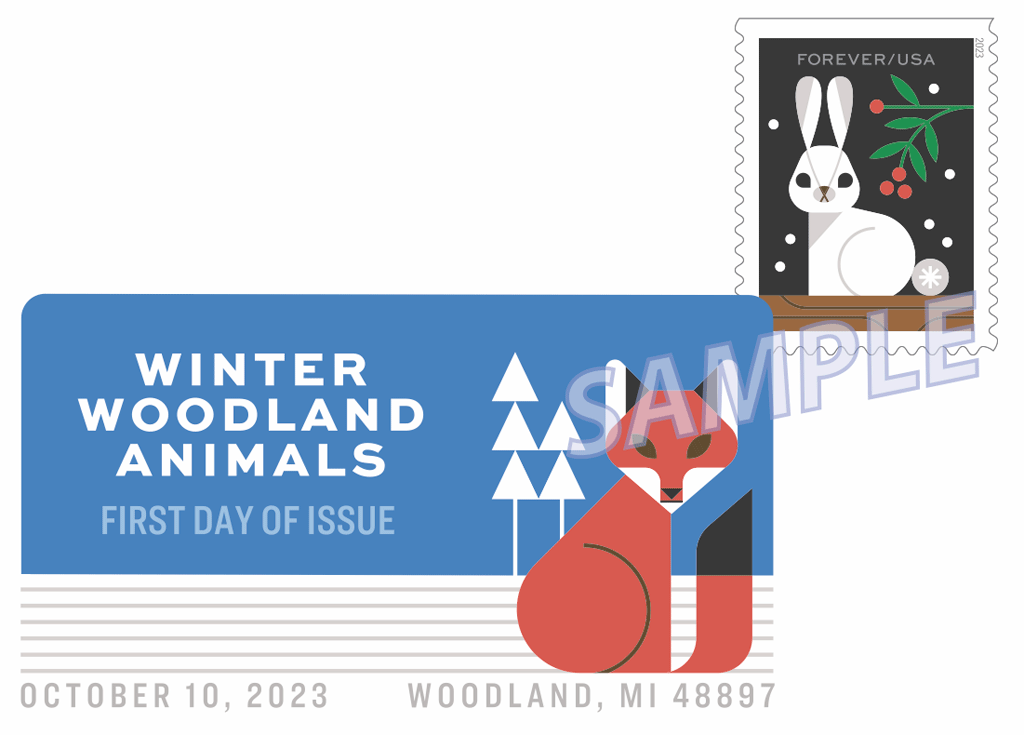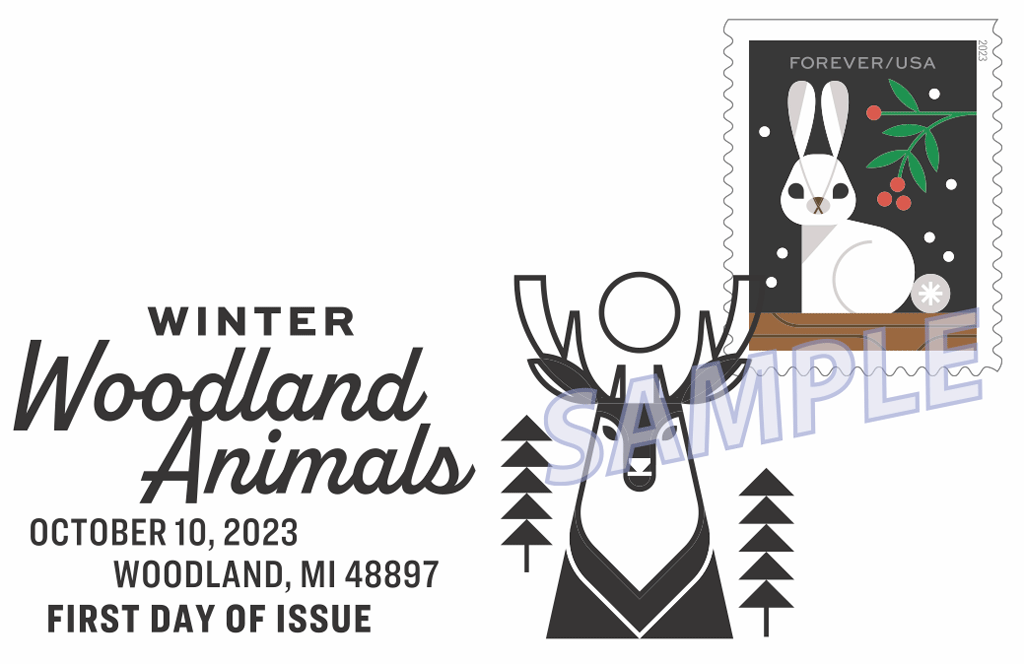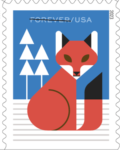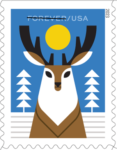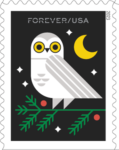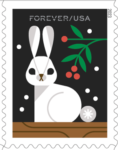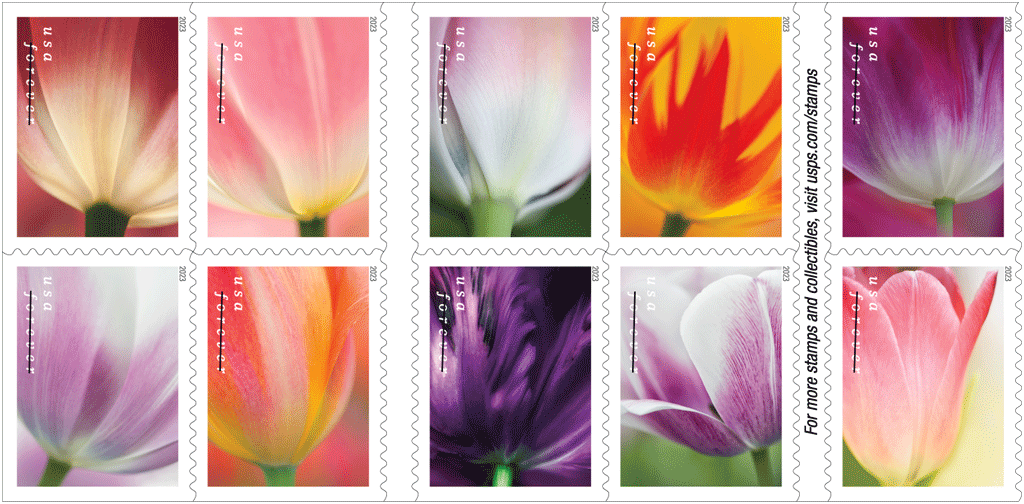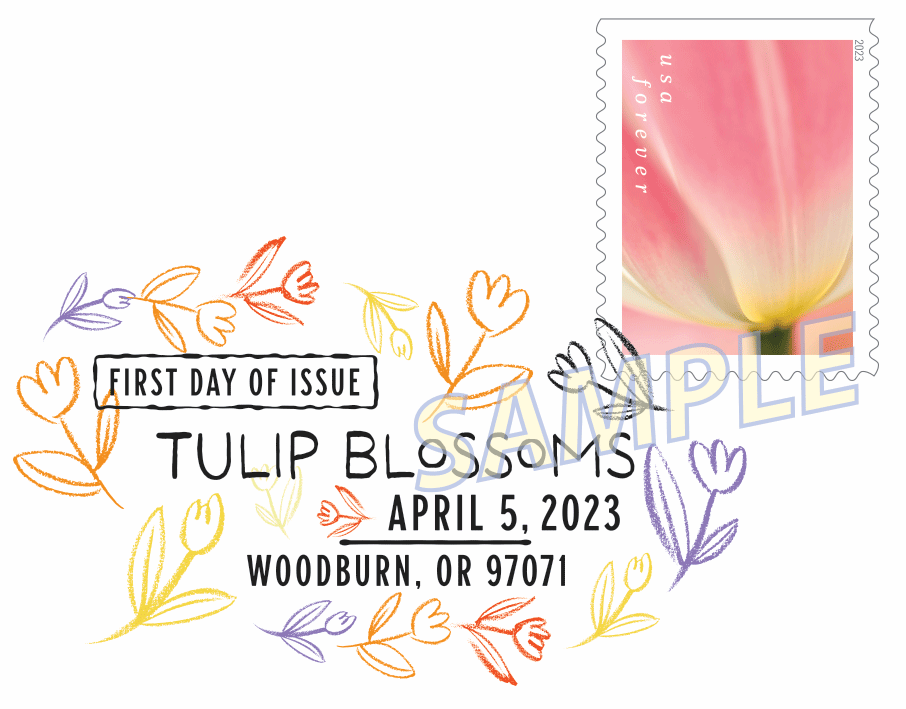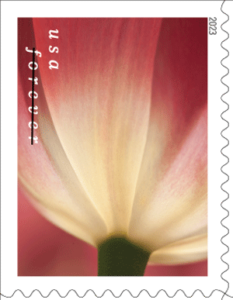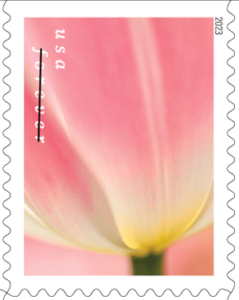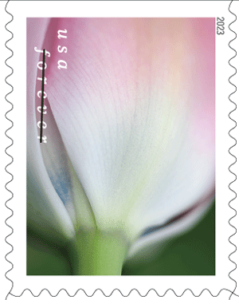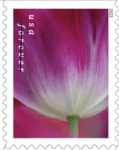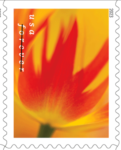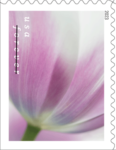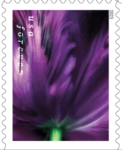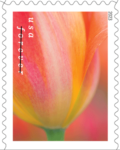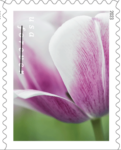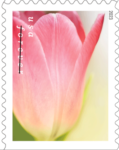Announced by the USPS on October 24, 2022.
 This stamp issuance celebrates women’s soccer in the United States. From youth leagues to the elite world champion U.S. national team, millions of girls and women throughout the country participate in this fast-paced, competitive sport. The graphic stamp artwork depicts a female soccer player in action, walloping a ball with a side volley. Conjuring the aesthetic of mid-century print design, the illustrator used simplified shapes and bold colors to convey the high energy and fast motion of the sport. The somewhat grainy rendering lends a timeless quality to the design, evoking not just a single all-star athlete or era but the entire legacy of women’s soccer. Art director Antonio Alcalá designed the stamp with an original illustration by Noah MacMillan (1988-2022).
This stamp issuance celebrates women’s soccer in the United States. From youth leagues to the elite world champion U.S. national team, millions of girls and women throughout the country participate in this fast-paced, competitive sport. The graphic stamp artwork depicts a female soccer player in action, walloping a ball with a side volley. Conjuring the aesthetic of mid-century print design, the illustrator used simplified shapes and bold colors to convey the high energy and fast motion of the sport. The somewhat grainy rendering lends a timeless quality to the design, evoking not just a single all-star athlete or era but the entire legacy of women’s soccer. Art director Antonio Alcalá designed the stamp with an original illustration by Noah MacMillan (1988-2022).
New information will appear below the line, with the most recent at the top.
Updated April 3rd:
The Scott catalogue number for this issue is 5754.
Updated January 17th:
[first-day ceremony details] [click on any of the pictures for larger versions]
Women’s Soccer Stamp To Kick Off at the SheBelieves Cup
 What: The U.S. Postal Service will dedicate the Women’s Soccer commemorative Forever stamp at the SheBelieves Cup in Orlando, FL.
What: The U.S. Postal Service will dedicate the Women’s Soccer commemorative Forever stamp at the SheBelieves Cup in Orlando, FL.
The stamp ceremony is free and open to the public. News of the stamp is being shared with the hashtag #WomensSoccerStamp.
Who: The Honorable Amber McReynolds, member, U.S. Postal Service Board of Governors
When: Thursday, Feb. 16, 2023, at 11 a.m. EST
Where: Exploria Stadium
618 W. Pine Street
Orlando, FL 32805
RSVP: Dedication ceremony attendees are encouraged to RSVP at usps.com/womenssoccer.
Background: This new Forever stamp celebrates women’s soccer in the United States. From youth leagues to the elite world champion U.S. National Team, millions of girls and  women throughout the country participate in the fast-paced, competitive sport.
women throughout the country participate in the fast-paced, competitive sport.
Soccer, also known as football internationally, is the most popular sport in the world, played by hundreds of millions of players in almost every country. In the United States, women’s soccer has gained a firm foothold in sports and popular culture. From youth leagues to the elite world champion U.S. National Team, millions of girls and women across the country participate in the fast-paced, competitive sport.
The stamp artwork depicts a female soccer player in action, striking a ball with a side volley. Conjuring the aesthetic of mid-century print design, illustrator Noah MacMillan (1988-2022) used simplified shapes and bold colors to convey the high energy and fast motion of the sport. The somewhat grainy rendering lends a timeless quality to the design, evoking not just a single all-star athlete or era, but the entire legacy of women’s soccer.
Art director Antonio Alcalá designed the stamp.
From the Postal Bulletin:
On February 16, 2023, in Orlando, FL, the United States Postal Service® will issue the Women’s Soccer stamp (Forever® priced at the First-Class Mail® rate) in one design, in a 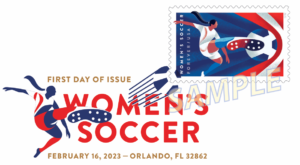 pressure-sensitive adhesive (PSA) pane of 20 stamps (Item 483000). This stamp will go on sale nationwide February 16, 2023, and must not be sold or canceled before the first-day-of-issue.
pressure-sensitive adhesive (PSA) pane of 20 stamps (Item 483000). This stamp will go on sale nationwide February 16, 2023, and must not be sold or canceled before the first-day-of-issue.
This stamp issuance celebrates women’s soccer in the United States. From youth leagues to the elite world champion U.S. national team, millions of girls and women throughout the country participate in this fast-paced, competitive sport. The graphic stamp artwork depicts a female soccer player in action, walloping a ball with a side volley. Conjuring the aesthetic of mid-century print design, the illustrator used simplified shapes and bold colors to convey the high energy and fast motion of the sport. The somewhat grainy rendering lends a timeless quality to the design, evoking not just a single all-star athlete or era but the entire legacy of women’s soccer. Art director Antonio Alcalá designed the stamp with an original illustration by Noah MacMillan (1988–2022).
No automatic distribution.
How to Order the First-Day-of-Issue Postmark:
Customers have 120 days to obtain the first-day-of-issue postmark by mail. They may purchase new stamps at their local Post Office™ or at The Postal Store® website at store.usps.com/store/home. They must affix the stamps to envelopes of their choice, address the envelopes (to themselves or others), and place them in a larger envelope addressed to:
 FDOI – Women’s Soccer Stamp
FDOI – Women’s Soccer Stamp
USPS Stamp Fulfillment Services
8300 NE Underground Drive, Suite 300
Kansas City, MO 64144-9900
After applying the first-day-of-issue postmark, the Postal Service will return the envelopes through the mail. There is no charge for the postmark up to a quantity of 50. There is a 5-cent charge for each additional postmark over 50. All orders must be postmarked by June 16, 2023.
Technical Specifications:
Issue: Women’s Soccer Stamp
Item Number: 483000
Denomination & Type of Issue: First-Class Mail Forever
Format: Pane of 20 (1 design)
Series: N/A
Issue Date & City: February 16, 2023, Orlando, FL 32862
Art Director: Antonio Alcalá, Alexandria, VA
Designer: Antonio Alcalá, Alexandria, VA
Artist: Noah MacMillan (Deceased), Takoma Park, MD
Modeler: Sandra Lane / Michelle Finn
Manufacturing Process: Offset, Microprint
Printer: Banknote Corporation of America
 Press Type: Gallus RCS
Press Type: Gallus RCS
Stamps per Pane: 20
Print Quantity: 20,000,000 stamps
Paper Type: Phosphor, Block Tag
Adhesive Type: Pressure-sensitive
Colors: Cyan, Magenta, Yellow, Black
Stamp Orientation: Horizontal
Image Area (w x h): 1.42 x 0.84 in / 36.068 x 21.336 mm
Overall Size (w x h): 1.56 x 0.98 in / 39.624 x 24.892 mm
Full Pane Size (w x h): 7.24 x 5.92 in / 183.896 x 150.368 mm
Press Sheets Size (w x h): 21.72 x 11.84 in./ 551.69 x 300.74 mm
Plate Size: 120 stamps per revolution
Plate Number: “B” followed by four (4) single digits
Marginal Markings:
Front: Plate number in four corners of the pane
Back: ©2022 USPS • USPS logo • Two barcodes (483000) • Plate position diagram (6) • Promotional text
Updated January 13th:
Here are the first-day postmarks for this issue: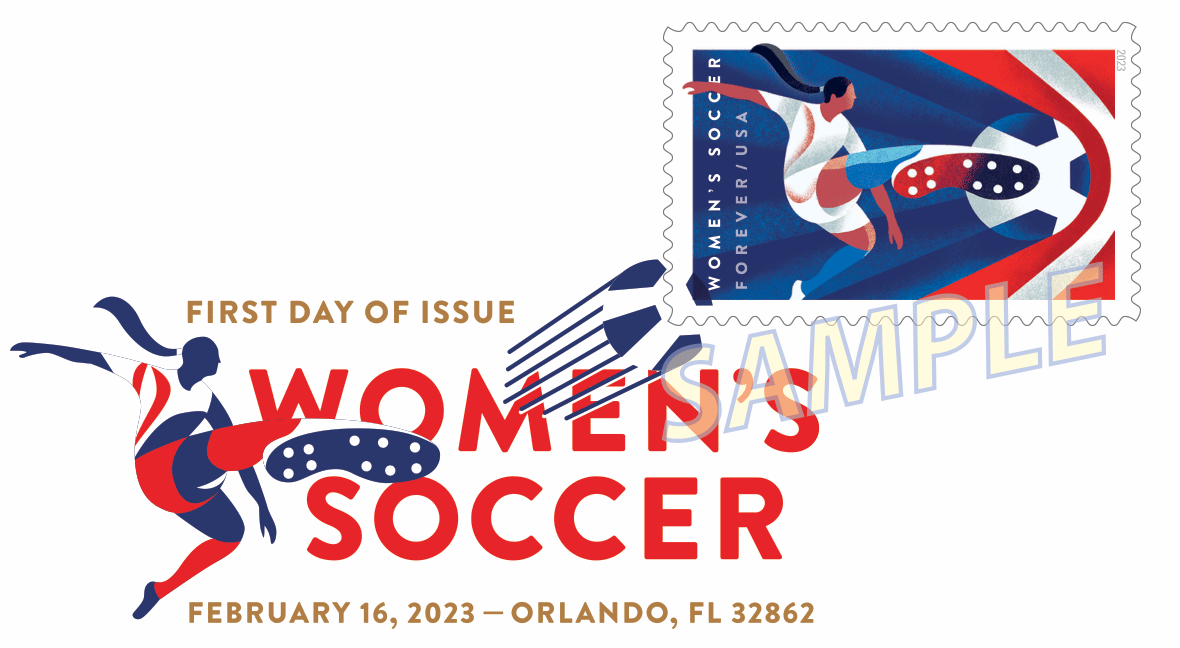 The Digital Color Postmark measures 2.67″ x 1.14″
The Digital Color Postmark measures 2.67″ x 1.14″ 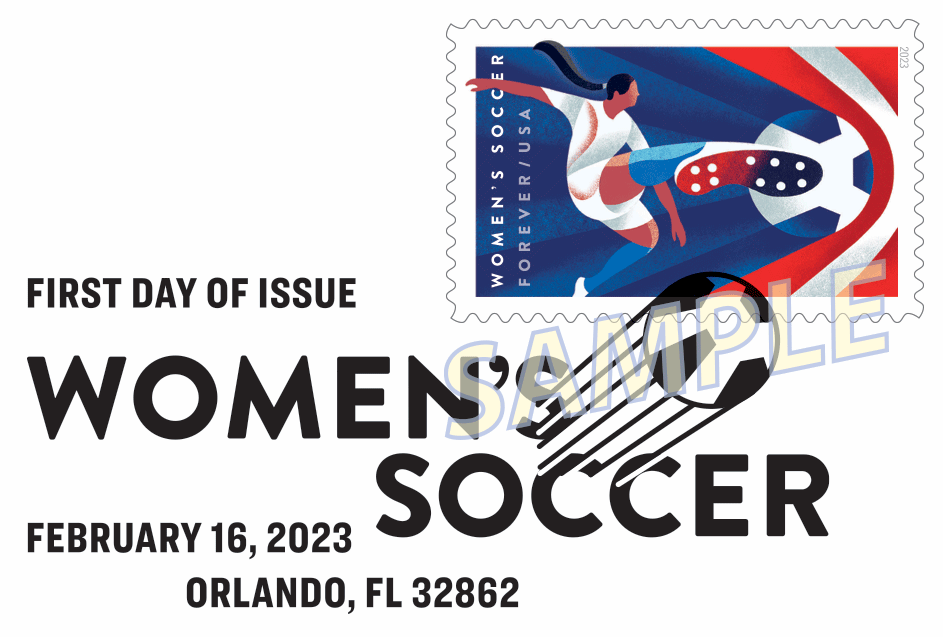 The Pictorial Postmark measures 2.69″ x 1.23″
The Pictorial Postmark measures 2.69″ x 1.23″
Updated January 10th:
This stamp will be issued Wednesday, February 16, in Orlando, FL, when the U.S.Women’s National Team will play Canada in the “SHEBELIEVES” Cup.

